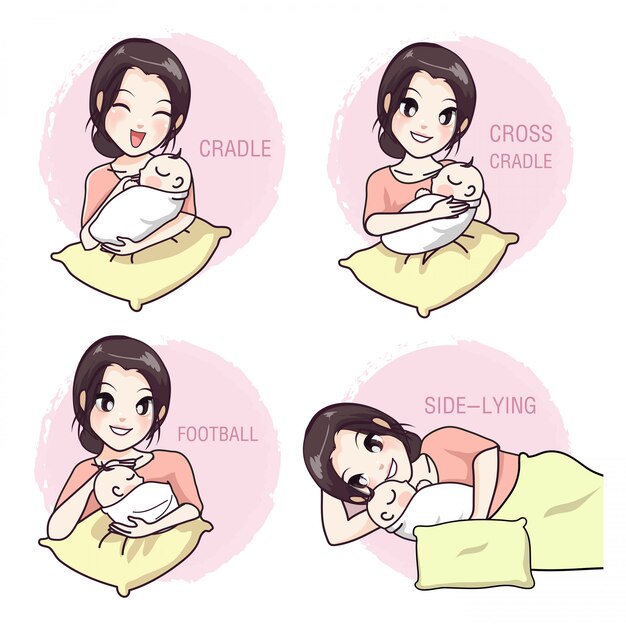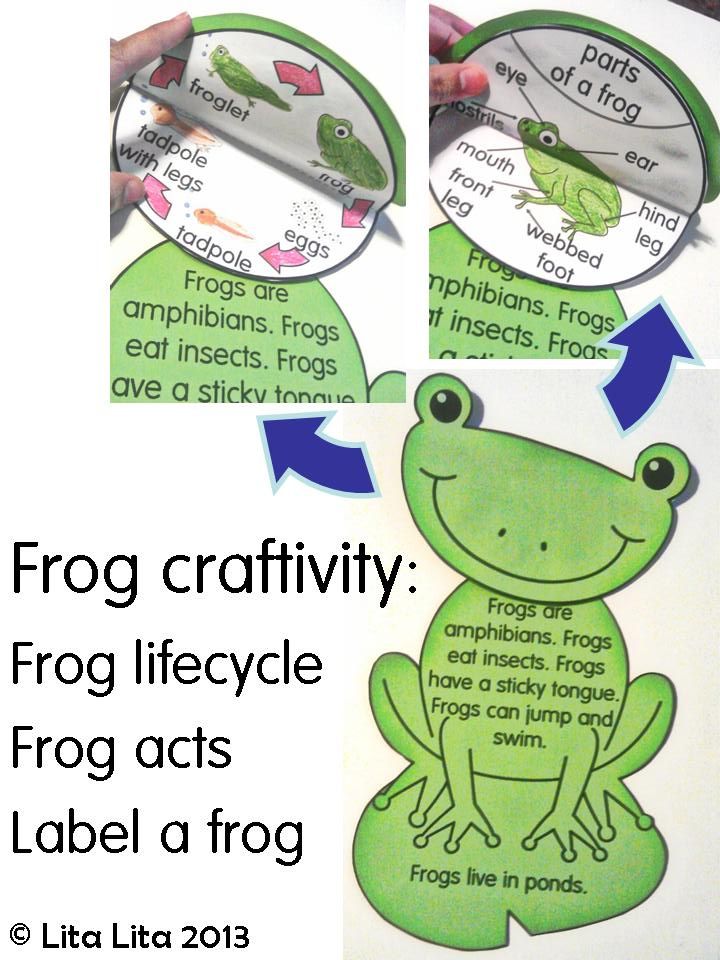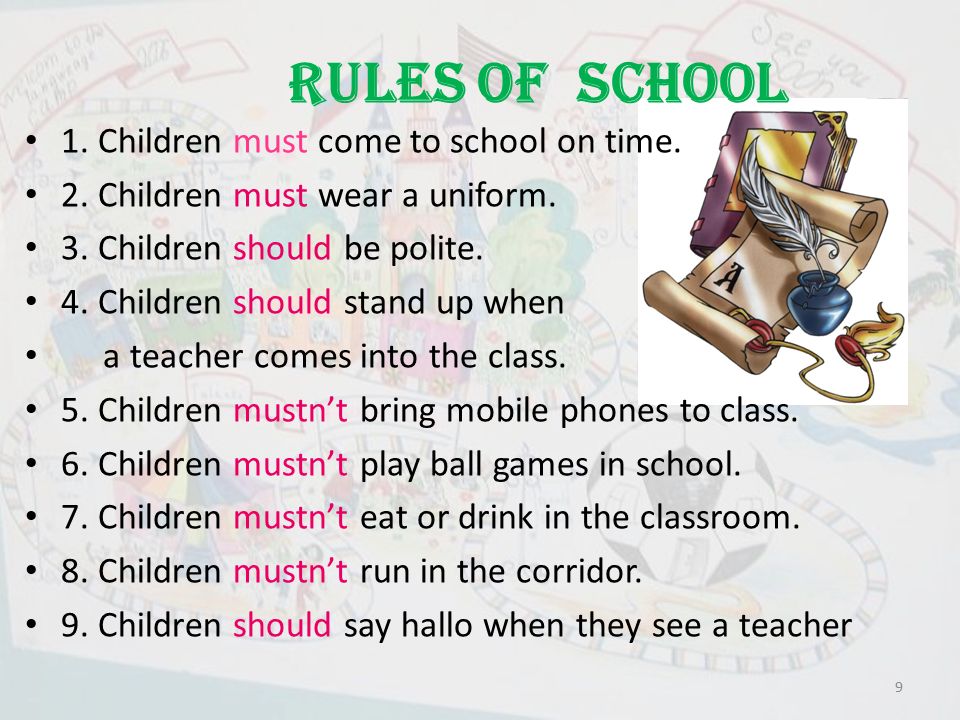Feeding baby side lying
Elevated side lying bottle feeding — Feed Eat Speak
Infant feedingFeeding difficultiesBottle Feeding
Written By Stacey Zimmels
Elevated side lying is a bottle-feeding position that’s being used more and more for preterm babies and infants who have feeding difficulties. In this blog post I’ll tell you why I like it for all new born babies. I’ve put together a visual step by step guide for you, so go ahead and give it a try…
This position is a natural and physiologically normal feeding position just like how a baby feeds at the breast. It means the baby doesn’t have to do any work at all to support its body while it feeds which makes for an easier and more relaxed feed for both the baby and you.
Baby is positioned on a cushion which means that you don’t have to take the baby’s weight on your arms which is more comfortable especially as your baby grows.
You have a hand free if you need it to read to a toddler or have a drink while you’re feeding your baby.
If the flow of milk is too fast - which it often can be at the start while your baby is mastering their suck swallow and breathe co-ordination – this position allows the milk to safely dribble out of your babies mouth instead of coughing while feeding.
You are able to clearly see your baby’s face and watch for signs that she may need a pause or a break for winding.
This is a great position for babies who have reflux or who are prone to vomiting. If you place the baby on its left side to feed it increases the space from the bottom of its stomach to the oesophagus making it less likely for them to vomit or reflux.
This feeding position is more typically recommended for formula fed babies, versus the paced bottle feeding technique which tends to be recommended for breastfed babies who also take the bottle. However I would suggest that with the horizontal presentation of the teat and the pacing as per the paced bottle feeding technique that this feeding position can be used in both groups of infants.
It is also a feeding position that you can experiment with and trial if your breastfed baby is refusing to take a bottle.
Step by step guide to elevated side lying bottle feeding
Sit comfortably on the sofa and place your feet on a footstool. This plastic childrens' one from ikea does the trick. Your legs should be sloping from the knees to your hips
Place your baby on their side with their bottom against your tummy. Baby’s legs should be out in front of them. If you're right handed then baby on their left side and visa versa
Your baby will bring their hands together on their chest in a flexed position. Offer the bottle, wait for baby to open their mouth and place inside. Note how relaxed and content your baby looks
Chelsey and Jaxon's story
I had my baby boy Jaxson in April 2020 and he was born with a tongue tie which meant he wasn't able to latch comfortably when breast feeding. I could tell this was the issue from day one as his older brother was also born with one and we had the same feeding issue.
I could tell this was the issue from day one as his older brother was also born with one and we had the same feeding issue.
Due to the covid19 circumstances I wasn't able to get the tie cut with Jaxson as quickly as I did my 2 year old. So for 4 months I expressed every feed and bottle fed him. His tie was cut privately at 10 weeks old and I chose to continue to bottle feed.
Jaxson was a very windy baby and in the early days he really struggled to feed comfortably, he had lots of trapped wind which would not come up easily. He would cry in pain after most feeds which was very upsetting for both of us. I tried everything I could buy from the pharmacy as us mums do and also turned to social media where I found @feedeatspeak. I was scrolling though Stacey's feed and saw posts of the elevated side lying position. I immediately tried this with Jaxson who at the time was around 4 weeks old and he was a changed baby! He was able to bring up wind much easier and seemed so much more content. He actually started enjoying his feeds and upped the amount he was having quite soon after. I was one very happy Mama with a much happier baby!
He actually started enjoying his feeds and upped the amount he was having quite soon after. I was one very happy Mama with a much happier baby!
So thanks to Stacey and her wonderful page, Jaxson now at 6 months old is still feeding is this position and he is one happy thriving baby!
I am so grateful for Stacey sharing this advice and information especially during lockdown as us new mums didn't really have anywhere to turn. So thank you so much for helping my baby!
I tell all my mummy friends about this feeding position and Stacey's page hoping to help their babies who struggle with bottle feeding. It really made a huge difference with Jaxson!
For more advice and support about all aspects of feeding your little ones check out my instagram page and online courses.
bottlebottle feedingfeedingbaby feedingsidelyingelevated side lying
Stacey Zimmels
How and When to Do It
You see your baby smacking their lips and sticking out their tongue, and you know it’s time to feed them. But you’re feeling groggy, exhausted, and physically weak. How are you possibly going to get through another feeding?
But you’re feeling groggy, exhausted, and physically weak. How are you possibly going to get through another feeding?
Breastfeeding your baby every 2 to 3 hours is hard work! You deserve a break, and breastfeeding while lying on your side can help you relax. You can rest while also bonding with and feeding your baby.
Sound too good to be true? It’s not! Breastfeeding on your side is considered one of the most popular breastfeeding positions. It just might be worth a try.
One of the best parts of side lying breastfeeding is having the opportunity to rest your body while feeding your baby. Allow us to walk you through some simple steps to make it a comfy experience for both you and your baby:
- Place your baby on their back in the middle of the floor or on a large bed. If you’re on a bed, remember to keep loose sheets, blankets, and pillows away from baby’s face to minimize risk.
- Lie down next to your baby, with your stomach lined up near baby’s head. You can use a pillow under your head, just make sure that it’s in a place that your little one can’t reach it! (You can also use a pillow as back support or between your legs if that will make you more comfortable lying on your side.
 )
) - Slide your little one up so their nose is level with your nipple and your arm is above their head. Or cradle baby with their back along your forearm. (But don’t rest baby’s head on your upper arm.)
- Roll your baby onto their side pulling their hips or knees close to your hips. (Your spine and your baby’s spine may form a “V” shape.) You can put a rolled blanket or pillow behind baby’s back to support them and prevent them from rolling away from you. Encourage baby’s nose to make contact with your nipple, but do not squash their face into your breast!
- Try to position baby so their ear, shoulder, and hip are in one line. This will help them get milk more easily.
- If needed, use the arm not resting on the bed to shape your breast and guide it into your baby’s mouth. However, many babies (especially older babies) will naturally latch on their own.
You may find that it is most comfortable to roll yourself and your baby to the other side to drain the second breast. If this is the case, you’ll want to follow the same latching routine described above, facing the opposite direction.
If this is the case, you’ll want to follow the same latching routine described above, facing the opposite direction.
Some breastfeeding parents find that once the lower breast is empty, they can simply lean forward and feed their baby off their full top breast. If you choose to do this, make sure to completely drain the lower breast first.
Occasionally women will find that their breasts don’t drain fully or evenly after feeding in the side-lying position. Excess milk in your breasts can lead to engorgement, plugged ducts, mastitis, or a decrease in milk supply, so you’ll want to keep a lookout for this!
If your breasts aren’t fully draining, you should consider sitting up to finish the feed or expressing some milk to make sure that your breasts are appropriately drained.
If you’re feeling tired, side lying breastfeeding is a great option to help you and baby get a little more rest. But remember: The American Academy of Pediatrics (AAP) still recommends that you and your baby return to separate sleep surfaces after the feeding is done.
Side lying breastfeeding may also be a good position if you had a cesarean delivery. Being able to lie down and not have the baby put weight on your scar is certainly appealing as you heal.
You might choose to use side lying breastfeeding to feed your baby during your recovery period. If you gave birth at a hospital, the hospital bed rails can help you feel confident that your little one won’t roll backwards during the feeding, which is an added bonus!
If you have oversupply or a forceful letdown, side lying breastfeeding can help your baby manage the flow of milk. When you lie on your side, gravity has less effect on your milk letdown, and your baby can more easily let extra milk dribble out of the corners of their mouth.
If you have larger breasts and struggle to help your baby find the right position, side lying breastfeeding can make it easier for baby latch.
Figuring out the picture-perfect latch can take a while! No one position is guaranteed to bring success for you and your little one, but side lying breastfeeding may be worth a try if you’re struggling with other positions.
Remember that with any breastfeeding position, your baby’s latch shouldn’t hurt. If your nipple is being pinched, put your finger into the corner of your baby’s mouth to break the seal. Then you can try to help your baby latch back on with a wider mouth.
Your newborn may seem so tiny and fragile that you’re wondering if it’s really OK to feed them while lying on your side. If you take the proper safety precautions, side lying breastfeeding can be done as early as the very first feed.
If your little one is very tiny, you may need to give them extra support. Use pillows or blanket around their bottom and lower back to support the proper feeding position. Just make sure to keep pillows away from their head and face!
Be sure to stay awake while feeding your newborn. Due to the higher risk of sudden infant death syndrome (SIDS) when bed sharing, you’ll want to make sure that if they fall asleep, your newborn is placed in a separate, safe sleeping environment.
If you’re a new parent, chances are high that you’re feeling pretty tired! Breastfeeding while lying down can be an amazing opportunity to rest your body and feed your baby at the same time.
Remember, if you’re having problems with breastfeeding or feeling pain when your baby latches, don’t hesitate to reach out to a lactation consultant. They can help you and your little one master new positions and troubleshoot problems so your breastfeeding relationship is successful.
Positions for breastfeeding | Philips
Search Support IconSearch Keywords
Home ›› Newborn Feeding Positions and Good Latching
↑ Top
Although breastfeeding can be a natural element of motherhood practice, patience and a little advance preparation. So, if you decide to breastfeed your baby, be prepared for the fact that you may encounter the often encountered problem of proper breastfeeding. However, do not be upset.
Breast latch is one of the most important things about breastfeeding and can be difficult for new moms, and understandably so; It is essential that the baby properly latch on to the nipple during breastfeeding so that he can get enough breast milk. Proper breast latch is also important because it allows the mother to avoid problems such as blockage of the milk ducts and sore nipples.
Proper breast latch is also important because it allows the mother to avoid problems such as blockage of the milk ducts and sore nipples.
Learn more about how to properly care for your breasts in the Quick Guide to Breast Care.
One of the best ways to teach your baby to latch on properly is to find a breastfeeding position that is comfortable for both you and your baby. Here we will discuss different breastfeeding positions as well as other useful tips to help you achieve a proper breastfeeding. If you have any questions or concerns, please contact your doctor or lactation specialist for further support.
Helping your baby latch on properly
Before looking at the different positions for breastfeeding, there are a few things you can do to help your baby: [1]
- Create a calm and relaxing environment. Your comfort is key when breastfeeding, so find a position that is comfortable for you to breastfeed.
 In a chair, or on a bed, or listening to relaxing music, make sure you are calm and relaxed before feeding.
In a chair, or on a bed, or listening to relaxing music, make sure you are calm and relaxed before feeding. - Skin to skin contact. Breastfeeding is a great opportunity to bond with your baby. Awaken your newborn's natural instincts by holding him, dressed only in a diaper, against your bare chest.
- Let your child take the lead. Gradually you will learn to understand the individual signs of hunger in your child. Usually, children begin to shake and nod their heads in the direction of the mother, toss and turn, lick their lips, stick out their tongue, showing that they are hungry.
- Try not to force things. Help the baby find the breast, but try not to push the nipple into the baby's mouth.
Sensitive nipple protection. If your nipples are sore or cracked, try using soft, ultra-thin nipple guards to relieve sore nipples during feeding and prevent further nipple trauma.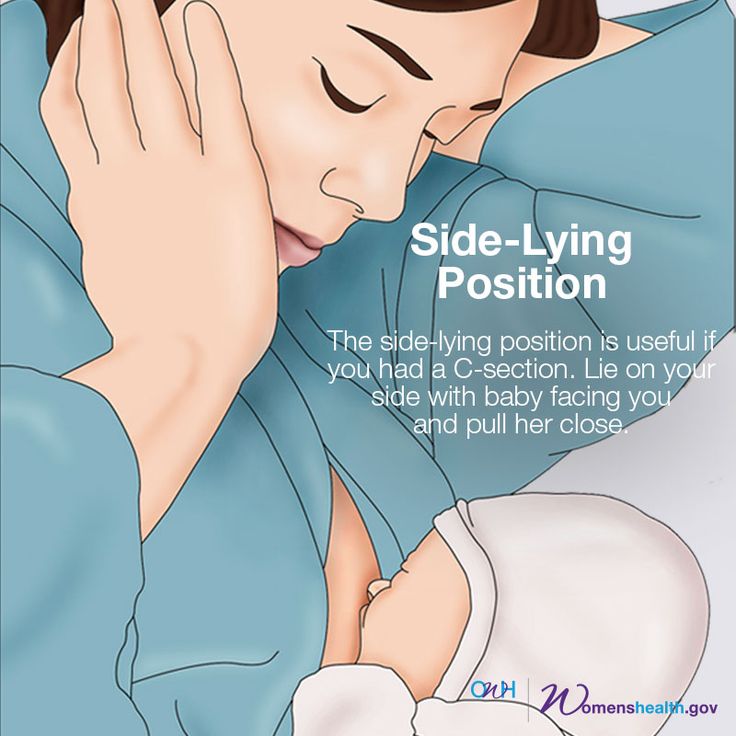 Due to the fact that the pads are made of thin silicone, the baby will still feel the warmth and smell of the mother's breast.
Due to the fact that the pads are made of thin silicone, the baby will still feel the warmth and smell of the mother's breast.
Popular breastfeeding positions to help ensure proper breastfeeding
In addition to these beneficial nursing steps, it is important to adopt a position that is comfortable for both you and your baby. Experiment with different positions until you find the one that makes you feel comfortable and helps your baby latch on properly.
Here are some of the most common positions that will help you and your baby get a good latch on during feeding: [1]
breastfeeding positions
1. Feeding in a reclining position.
The reclining or leaning back position is ideal for mothers who are breastfeeding for the first time. To try it, simply lean back into a reclining position with pillows under your neck, shoulders, and arms. Once you have established belly-to-belly contact with your baby, let him find the breast while supporting him as much as possible.
2. Feeding in the side lying position.
If you are looking for a feeding position that allows you to feed your baby and rest at the same time, the side lying position may be perfect for you. Lie on your side, leaning on a special roller or pillow. Facing you, the baby will be able to take the breast, which lies on the pillow. You can put a towel or blanket behind your baby to keep him in place while you feed. Also, this position is well suited for mothers who cannot sit after a caesarean section.
3. Feeding in the cross cradle position.
Another great position for getting your baby to latch on properly while breastfeeding is the “cross cradle,” which involves placing a pillow on your lap and placing your baby on the side facing you. During feeding, support the baby's back and head with the arm opposite the breast you are feeding.
4. Feeding in the "soccer ball" or "under the arm" position.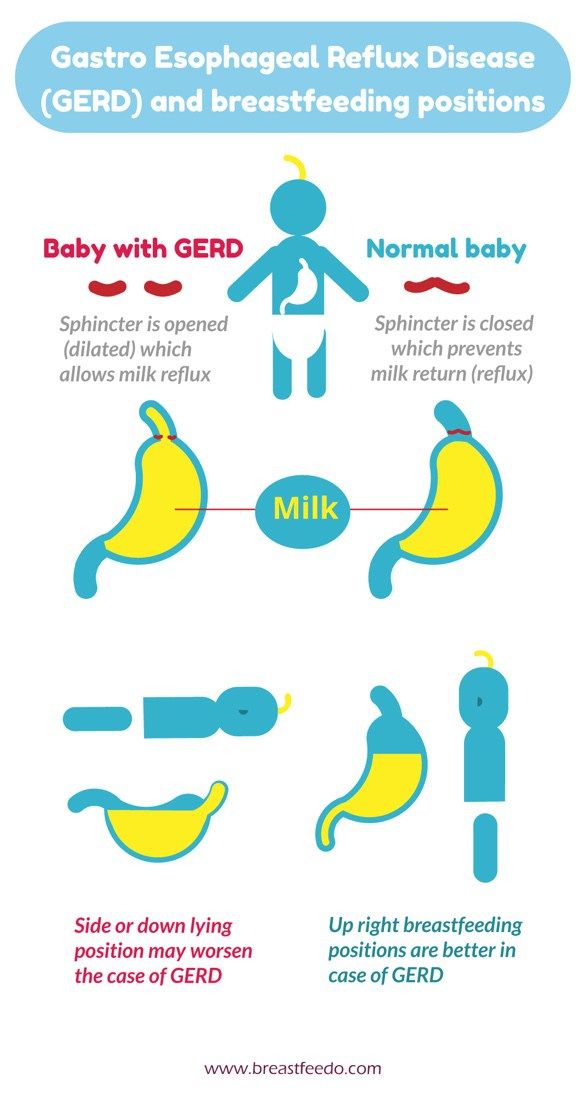
To assume this pose, you need to sit comfortably on a chair (in an armchair), leaning on pillows. Place the child on a pillow on the back so that his legs are under your arm and pointing towards the back of the chair. Supporting the back and shoulders of the baby, hold his head with the same hand, and with the other hand you can support the breast that you feed.
As you experiment with feeding positions, you may notice that your baby may like certain positions more. Once you have found the right position for feeding, look out for the following signs that your baby is latching on well: [2] [3]
- You do not feel acute pain.
- The baby's mouth is wide open, the baby's lower lip is turned out and the upper lip is in the normal position.
- The lower part of the areola (the areola) is in the baby's mouth.
- Baby's chin touches your breast.
Useful tip if you have flat or inverted nipples
If you have inverted or flat nipples, you need to help your baby achieve a good latch - grab the nipple along with most of the areola. Here are some helpful tips for breastfeeding mothers with flat or inverted nipples:
Here are some helpful tips for breastfeeding mothers with flat or inverted nipples:
- Help yourself with your fingers: you can try to stretch the nipples by rolling them between your fingers in the center where the hole is located, so they create a slight pressure, and the nipple is pushed out.
- If these suggestions do not help, then use a nipple shield when breastfeeding for the first time so that the baby can latch onto the nipple and pull it out over time.
It's the journey that counts, not the destination
You are now armed with the knowledge you need to know about the basic nursing positions, as well as tips to help you get a good latch on while breastfeeding.
Remember that breastfeeding gets better with time and practice, so don't be discouraged if you run into obstacles or difficulties along the way, such as a bad latch.
Enjoy this special time with your baby and don't forget to consult your doctor or lactation specialist with any questions or concerns you may have.
Baby+ app
Download the app and track your child's development and growth with trackers, and keep those special moments forever.
Download app:
Pregnancy+ 9 App0003
You are leaving the Philips Healthcare (“Philips”) official website. Any links to third party websites that may be included on this site are provided solely as a convenience to you. Philips makes no warranties regarding any third party websites or the information they contain.
I understand
You are about to visit a Philips global content page
Continue
You are about to visit the Philips USA website.
I understand
How to apply the baby while breastfeeding
Desired position
First of all, you need to correctly position the baby at the chest. Take him in your arms so that he is turned to his mother with his whole body, the child's face should be close to the chest, his mouth is wide open. In case of an incorrect position, the baby's body is deviated from the mother's, the chin does not touch the chest, the lips are extended forward. This is an important point, because if the baby starts sucking the breast incorrectly, he will not receive enough milk, the baby will begin to throw and grab the breast again, and sometimes even refuse it.
In case of an incorrect position, the baby's body is deviated from the mother's, the chin does not touch the chest, the lips are extended forward. This is an important point, because if the baby starts sucking the breast incorrectly, he will not receive enough milk, the baby will begin to throw and grab the breast again, and sometimes even refuse it.
Correct grip
Now you need to correctly insert the breast into the baby's mouth. In general, every healthy newborn has reflexes that help him eat. But the baby does not have a reflex that would help him keep his mother's breast in his mouth, and the baby cannot properly grasp the nipple himself. Therefore, the child needs help - put the breast into the crumbs' mouth so that it captures not only the nipple, but also the areola. If the baby grabs only the nipple, then the pressure on the ducts of the mammary gland will be weak and the milk will flow poorly from the breast. In addition, if a child suckles only the nipple, his skin is often damaged and cracks appear on the nipple.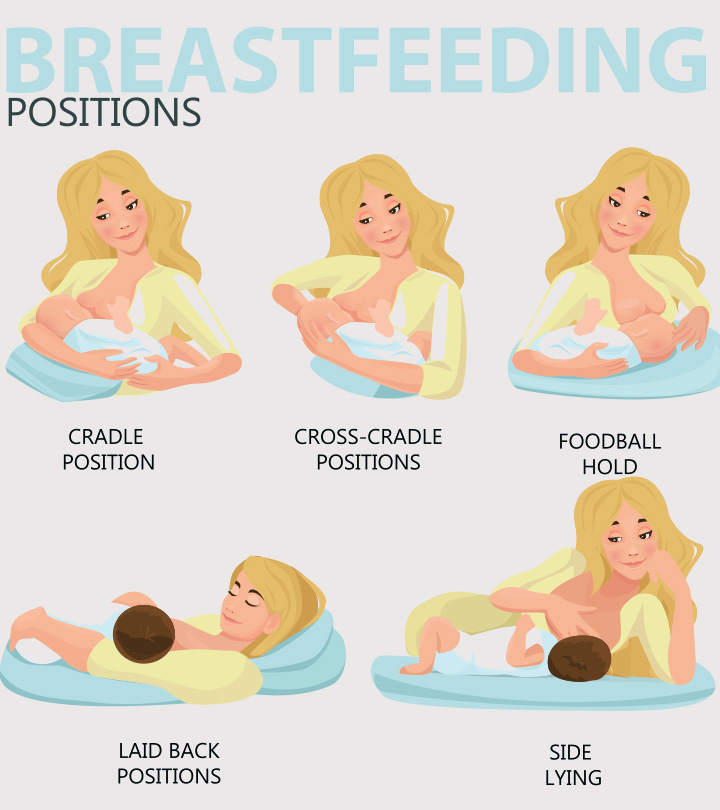 Sometimes, in order to give a breast to a child, a mother pinches the nipple and areola with her fingers and tries to push them into the baby's mouth. You don’t need to do this, it’s much easier to just touch the nipple to the baby’s lips (stimulate the capture reflex), wait until the baby opens her mouth wide, and quickly give him the breast.
Sometimes, in order to give a breast to a child, a mother pinches the nipple and areola with her fingers and tries to push them into the baby's mouth. You don’t need to do this, it’s much easier to just touch the nipple to the baby’s lips (stimulate the capture reflex), wait until the baby opens her mouth wide, and quickly give him the breast.
simple poses
Immediately after delivery, especially if there was a caesarean section or episiotomy (or just want to lie down), you can feed the baby lying on its side . You lie in bed, put the baby next to you, bend your lower arm at the elbow, and support the back of the child with your upper palm. The baby should lie on the bed parallel to your body, his mouth should be at the same level and very close to your nipple.
The second easiest position for feeding - sitting position . To do this, take the baby in your arms, bend your arm at the elbow from the side of the breast with which you will feed the baby. At the same time, the baby's head lies on a bent arm. To make it more convenient for you, put a pillow under your elbow (regular or special for feeding), you can also put something under your legs.
At the same time, the baby's head lies on a bent arm. To make it more convenient for you, put a pillow under your elbow (regular or special for feeding), you can also put something under your legs.
For variety
We have mastered simple poses - now you can try to feed the baby from other positions, for example, in position "jack" : mother and baby lie on their sides parallel to each other, but now their legs and head look in different directions. There is also such a pose - "chest on top" : the baby lies on its side, and the mother, as it were, hangs over him. In this position, it is easier for milk to go down the ducts, and it is easier for the child to get it. To make everyone comfortable, the baby should be put on some kind of elevation (for example, on a pillow).
Prevention of lactostasis
Laxtostasis, or stagnation of milk, is a very unpleasant thing. It occurs when any lobule of the mammary gland is not emptied of milk to the end. To prevent it or if it has already occurred, you need to feed the baby from under of the arm (from under the arm). In general, if you feed in this position at least once a day, then the lower and lateral lobes of the breast (the most frequent places of lactostasis) will be better emptied.
To prevent it or if it has already occurred, you need to feed the baby from under of the arm (from under the arm). In general, if you feed in this position at least once a day, then the lower and lateral lobes of the breast (the most frequent places of lactostasis) will be better emptied.
In this position, you put the baby on the pillow, the baby's head is located at your chest, and the body and legs are behind you (facing towards your armpit). Here's the important thing: the baby's mouth should be at the level of the nipple, then your back will not get tired during feeding.
The child likes it
If your milk flows out too quickly and the baby does not have time to swallow it, then you can feed the baby in position "baby on top" . You lie on your back (with your head on the pillow), and the baby is applied from above. Grown up children still love this pose because it is more convenient for them to observe the world around them “from above”.